In case you hadn't noticed, golf balls have been getting softer over recent years, so much so that just having the word 'soft' in the title can increase the sales of a ball.
When it came along the Pro V1 combined the benefits of a tour performance ball with the solid centre of a distance ball. Now it seems we are on the edge of another shift in the design of golf balls, where a performance ball now also feels soft.
One or two manufacturers are doing this now, which prompted Titleist to look at this sector and after market trials over the winter of 2017/18 in the USA, they have released the Titleist AVX ball.
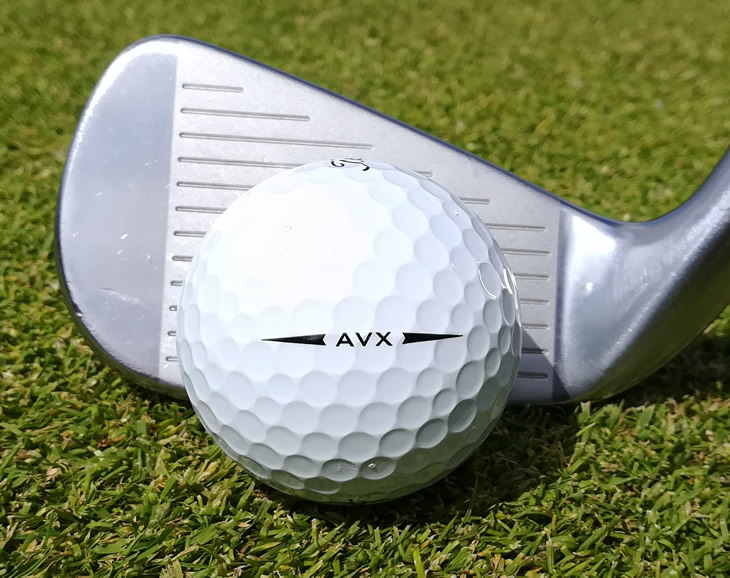
As happens more often than you think, the internal project development name of AVX became the product name and is an abbreviation of 'Alternative to Pro V1 or Pro V1x'
It is still a three piece ball, but unlike most other soft balls in the market it uses a similar cast urethane cover to the Pro V1 called GRN41. Basically the ingredients are the same but the formulation is slightly different.
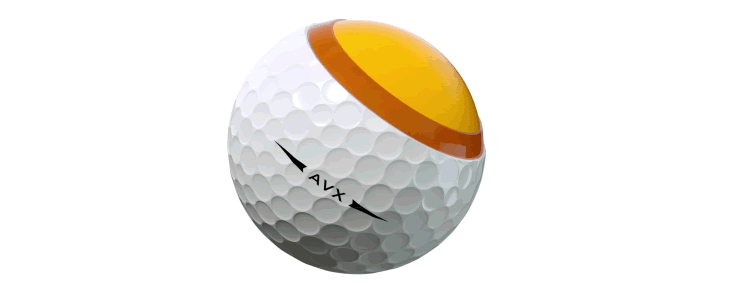
The other difference is that the 352 dimples use a catenary dimple design instead of the spherical one on the Pro V1. In English this means that they are less like a curved contact lens shape and instead have steeper, sharper sides and a flatter centre section in order to lower the flight.
The AVX is also the only premium ball in the current Titleist range to also come in a yellow, which has a slight matte finish to it and should widen its appeal too.
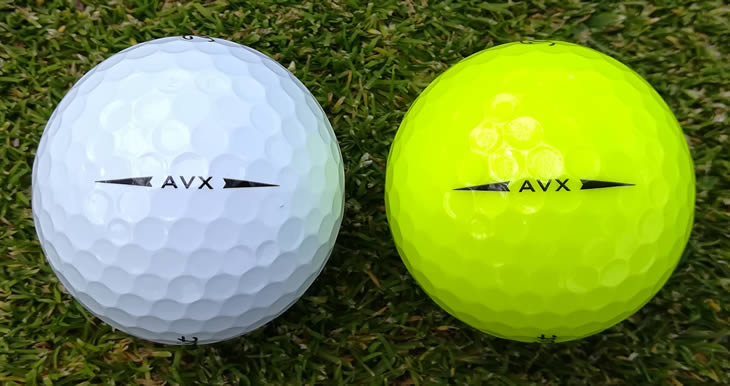
One of the common misconceptions is that a softer ball will spin more. In fact, more often than not they tend to spin less. In general, less spin is good for distance but bad for control on landing.
However with the AVX, Titleist claim the urethane cover provides that Tour level performance in your short game in order to give you back the control you might otherwise lose with a low spin soft ball.
To test all this out I met up with Titleist ball fitter David and we worked on the range with Trackman and on the course to see the differences between the AVX and Pro V1 and also whether the AVX would suit my game.
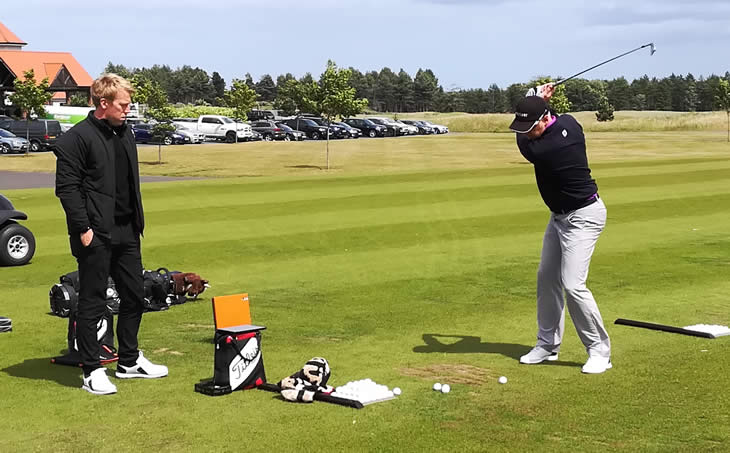
First up was the wedge test where I hit all three balls to a 50 yard target. The two Pro V1 balls were almost identical for spin and carry and the AVX matched them. Yes the spin was down about 200 rpm, but David said that tour players would not notice anything around that level, even though the AVX flew a little further.

Pitching the balls on to a real green on the course also saw relatively similar performance. The AVX did grip and stop almost as well as the Pro V1x on shots where less than a full swing is required, so I would say there was not much between them.
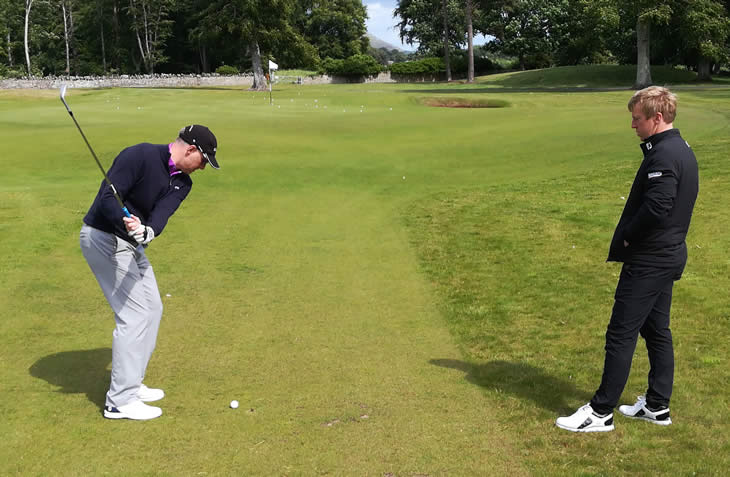
Moving onto the 7-iron and the differences become more noticeable. As you can see from the Trackman numbers below, the AVX spun 1300 rpm less than a Pro V1 and 1700 rpm less than a Pro V1x which is significant.

As a result the AVX was 7 to 12 yards longer off a lower ball speed, which would be due to variances in strike, so if the ball speed was the same then the gain could have been more.
The lower spin also resulted in a 3° lower landing angle so the combination of the two will mean it won't stop as quickly unless you already hit the ball higher than average or are needing to reduce spin.
Finally with the driver, I got the same results with the AVX spinning 250 to 300 rpm less and launching lower so that it made up the distance with run out to be the longest.

Now I should caveat all this by saying that these were the results for me and that this will not apply to everyone. As usual I was the one who bucked the trend in Titleist's AVX ball testing trials, as we all agreed that the AVX was not the ball for me and instead I should go with Pro V1x.
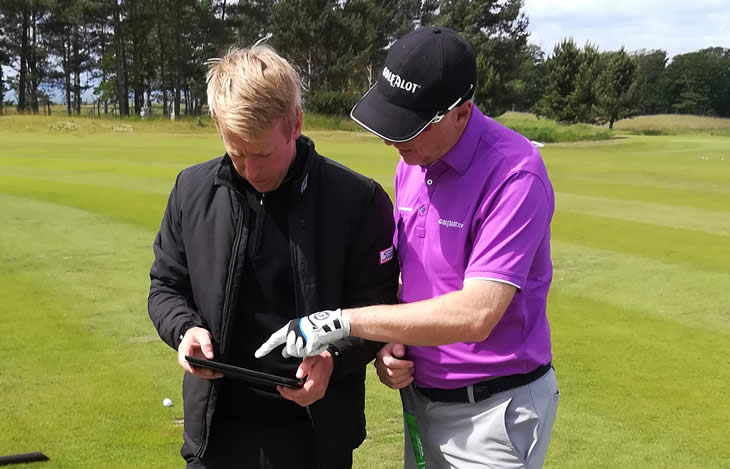
This was illustrated very clearly when we went out on the course. I hit a series of 4-irons into one of the greens and the Pro V1x just made the front and stopped. As seen, the AVX carried further, but the majority went through the back of the green even if they landed on the front, because of the lower level of spin and flatter landing angle for me.
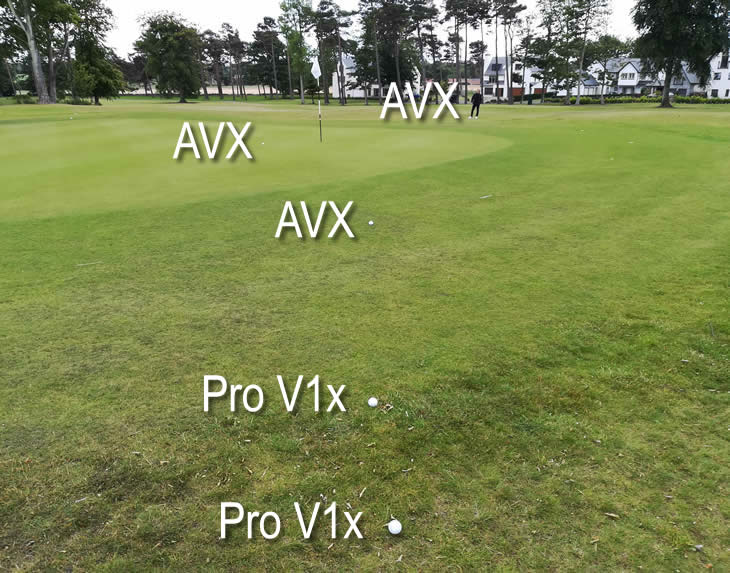
This review is really to highlight the differences between AVX and Pro V1 as they are the same price and, as the name suggests, it is an alternative for those who already hit the ball high to create that steep landing angle, or who already produce too much spin.
For them the lower spinning AVX ball goes longer and the reduction in spin brings it down to more normal levels so they don't lose any of the stopping power.
The AVX would also be worth considering for those lower swing speed players who don't put enough spin on the ball in the first place, so they won't be losing anything in control but would probably gain some distance with the greater carry over Pro V1 too.
Around the green the AVX performed very well thanks to that premium urethane cover construction. If I was being very picky I would say that with chips the AVX would check up fractionally less than a Pro V1x and fly a touch lower.
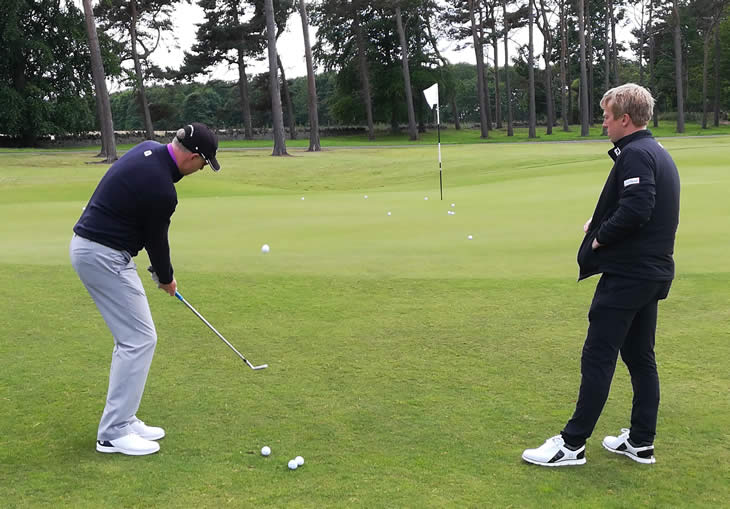
On putts the AVX did sound and feel softer and as a result it might not roll out as much on medium to longer length putt as the firmer Pro V1 balls. Over a 30 foot putt, it was maybe a few inches 'shorter' for a similar strength of stroke.
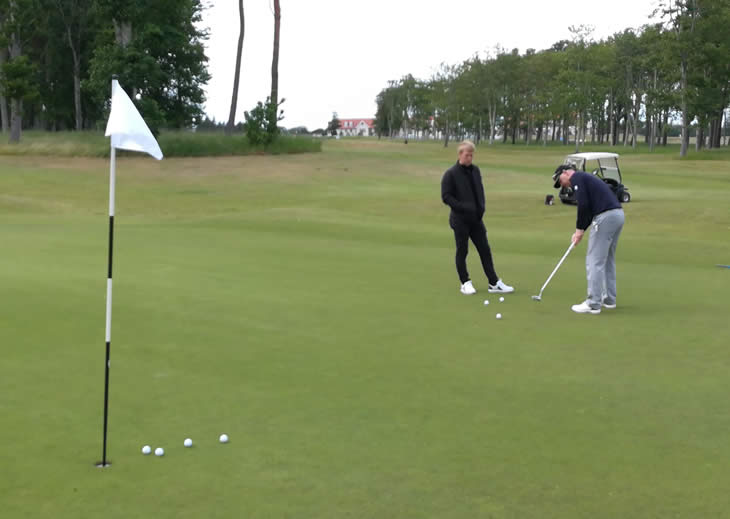
However it did not sound quite as soft as other premium and mid-market balls that have the magical 'soft' in their name, which is a good thing as sound equals feel in putting and you need feel to hole them in my book. For sound it was similar to a Titleist Tour Soft or a Callaway Chrome Soft.
If you can get your head around the fact that the AVX is a premium tour ball that is a low spin and soft alternative to Pro V1 then it starts to make sense.
It sits below Pro V1 on the spin/softness scale, with Pro V1x above them both at the top and it may not be for everyone as I have proved. However within the Titleist range it will be for some of you and the only way to do this is to try them out for yourself either with a Titleist fitter, or by taking the AVX and your current ball out on the course and comparing the carry and stopping distance.
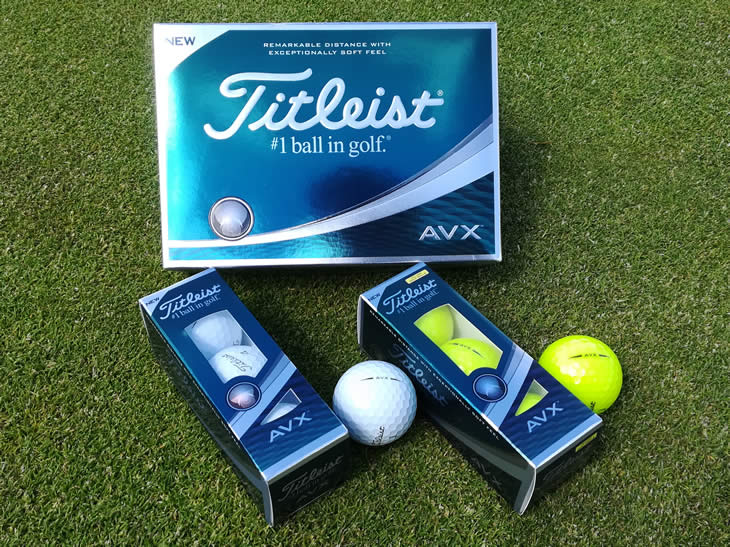
It is quite impressive how similar the AVX performance is around the green to Pro V1 and also on 'less than full swing' pitches for a soft ball. This is its key selling point against other soft balls, even if the AVX price is going to be more expensive than most.
As you move further away from the green then the lower spin, lower launch and longer stopping distance becomes the key decision factor and maybe your game can cope with this or maybe it can't. If it can then you can take up the alternative of more distance, less club into the green and hopefully lower scores that the Titleist AVX can offer you.